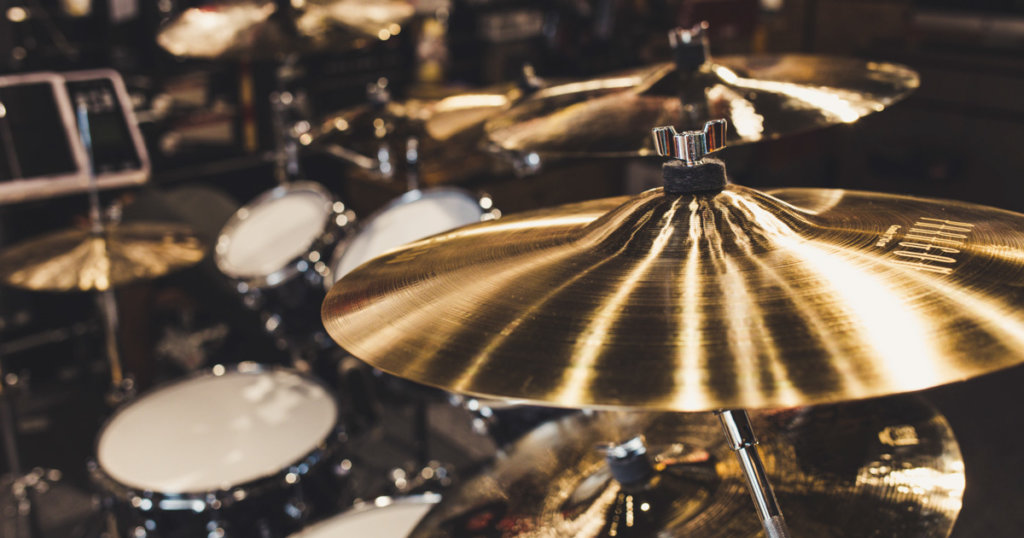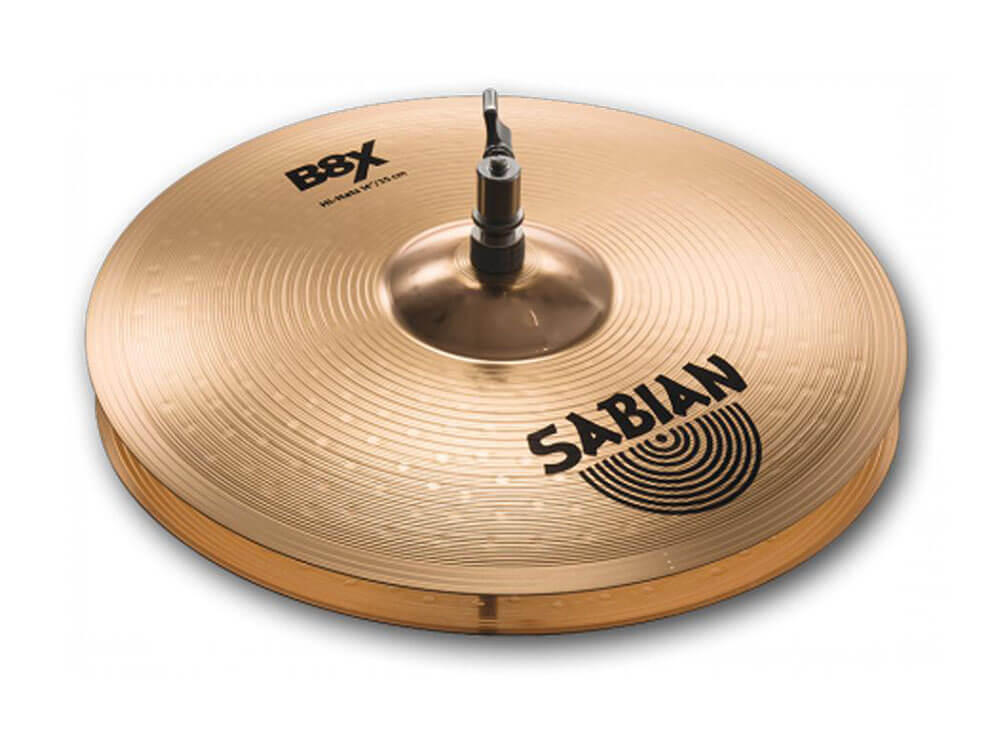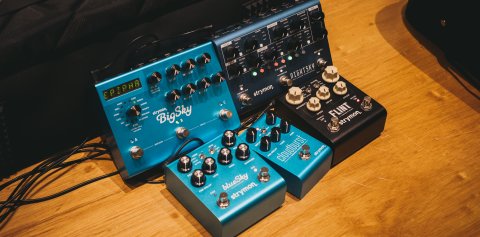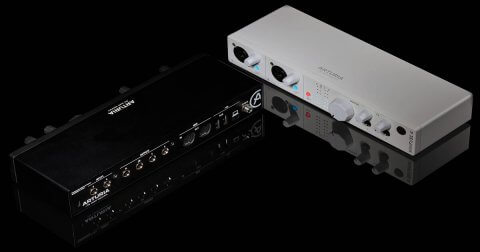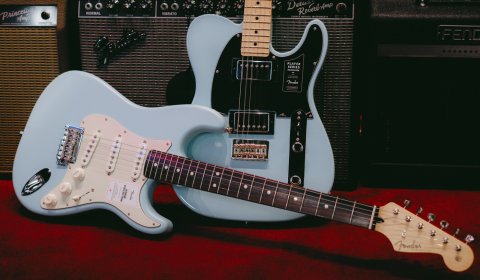Cymbals – the crucial and defining pieces of a drum kit that can make or break your sound!
Maybe you’ve finally outgrown your first drum kit, you’re looking for a different sound, or you’re putting together your kit piece by piece. When you start exploring the many different types of cymbals, it’s understandable to feel a little daunted.
In this simple cymbal guide, we’ll run you through some of the things you definitely should know.
Read more: Drum Tips: Buying Your First Drum Kit
The Anatomy of a Cymbal
Cymbals are made from bronze, an alloy that is a combination of tin and copper mixed in a cast. The most common types of bronze are B8, which is 92% copper and 8% tin, and B20, which is 80% copper and 20% tin. Some beginner cymbals are also made from brass.
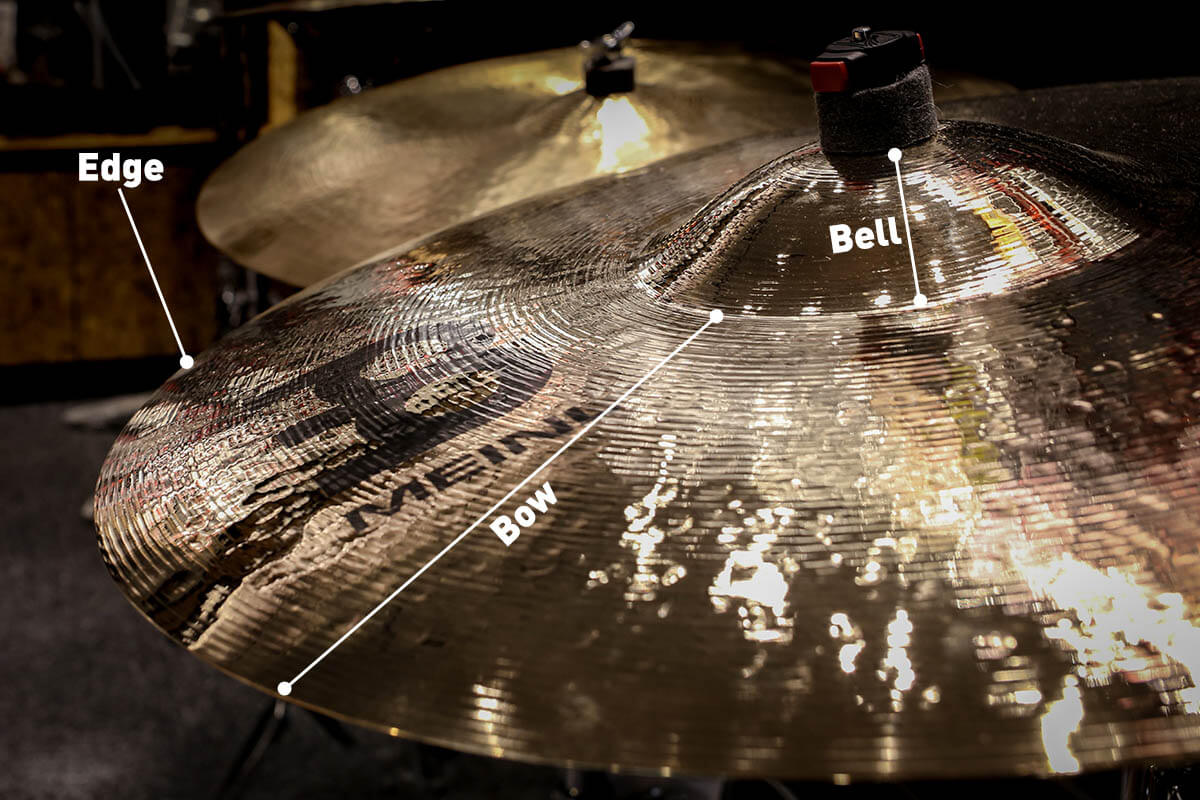
Right at the centre of the cymbal, is the raised portion known as the bell. The bow is the area between the bell and the edge.
Cymbals are either cast or made by stamping from sheets of metal. The latter is cheaper than cast cymbals, which are made by casting molten metal in a mould. They are then rolled, hammered and lathed into a finished cymbal. Cast cymbals boast better sustain, projection, and a more complex and rich sound.
Generally, larger cymbals tend to be louder and have longer sustain whilst thinner cymbals have a lower pitch and respond faster. Thicker, heavier cymbals are usually louder and are better at cutting through dense sound mixes.
Hi-hats
It wouldn’t be a cymbal guide if we did not start with the most important cymbal of them all! A pair of cymbals that sit together on a stand, which you’ll use a foot pedal to open and close them. Usually between 12 – 15”, with 13” and 14” being more common, hi-hats are used to play steady patterns, and playing them whilst open adds an accent to the beat.
Crash Cymbals
The cymbal that creates an explosive sound meant for accents that punctuate key moments in the song. Crash cymbals can range from 14” all the way to a huge 22”. Generally, a thick crash would withstand the loud crashes of a rock drummer, whilst a thinner cymbal would have a lower pitch which is favoured by jazz players.
Ride Cymbals
Usually the biggest cymbal in a drum kit, the ride cymbal is used for steady, rhythmic patterns such as straight 8th notes for rock, or swing notes for jazz. The sound of the ride cymbal varies depending on where it’s hit. The edge, bell and bow all produce different distinctive sounds, which makes for a versatile cymbal.
Effects Cymbals
Effects cymbals add unique bursts of tonal colour and accents. Popular effect cymbals like splashes and chinas are nice to have but are by no means necessary in drum kits. Splash cymbals are the smallest of accent cymbals. Popular amongst jazz players in the 20s, it saw a revival thanks to Steward Copeland’s heavy use of it in many of the Police’s records. China cymbals are distinguished by their unique upturned edges and give a dark, trashy sound.
Choosing the Right Cymbal
Naturally, the music you play highly influences the type of cymbals you would need. But above all, trust your ears – it’s important to try the cymbal as you would be hitting it as if it were on your drum kit. The cymbals you select should, at the end of the day, be pleasing to your ears and fit well with the rest of your kit.
What next after reading through our cymbal guide? Well, you’d best head on down to our Swee Lee locations to check out the wide range of cymbals available. We’re always happy to give a personalised recommendation in store.
You can also head over to our online store to check out our gear if you’d like to shop from the comfort of your own home. If you need any advice on choosing the perfect cymbal for you, feel free to contact us online too.
Read more: The Swee Lee Staff Picks: Drums & Percussion
